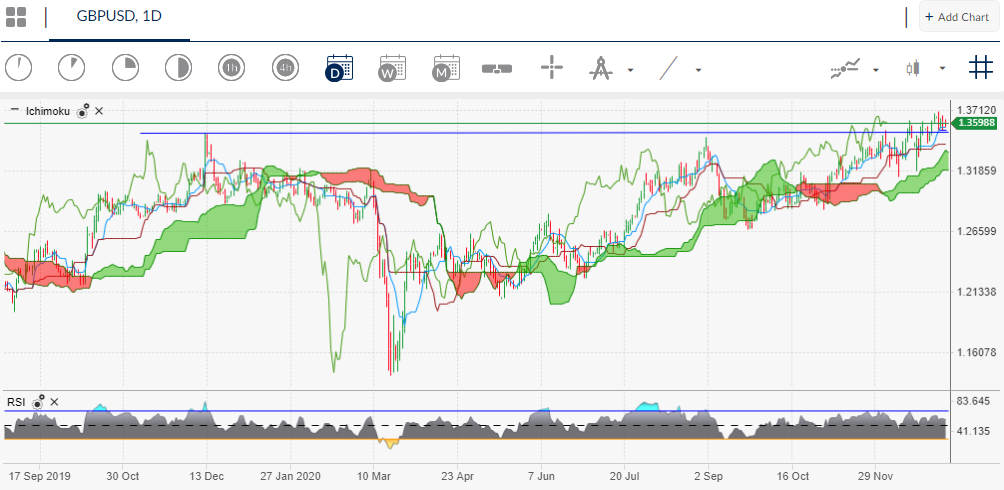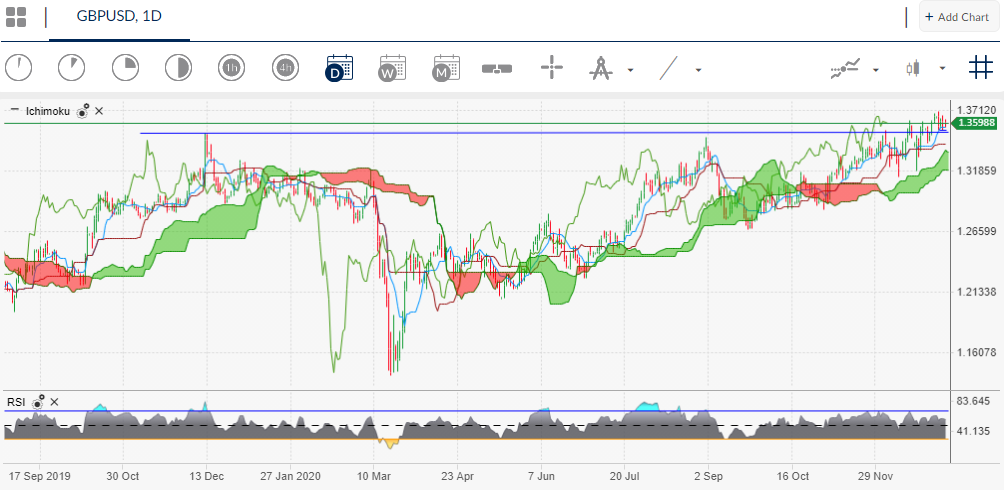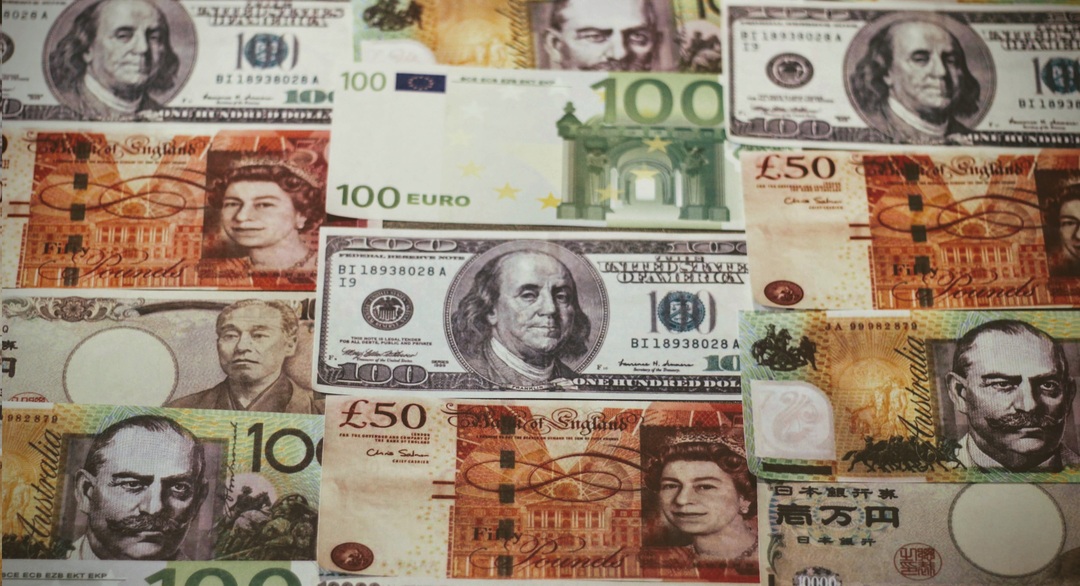The British pound has recovered back towards the 1.3600 area against the US dollar after the pair found strong dip-buying interest from the 1.3535 support area on Wednesday. A knee-jerk reaction to the weak US ADP private sector jobs report caused the brief sell-off in sterling, however, traders still bought the dip as the US dollar remained in a protracted downtrend.
From a technical perspective, the GBPUSD pair is fascinating on many levels at the moment. Bulls are scooping up every major dip and price has been setting fresh multi-year trading highs, with the pair recently testing slightly above the 1.3700 handle.
The fundamentals for the UK economy are horrible now, due the sluggish economic activity, largely prompted by growing COVID-19 infections, and ongoing uncertainty towards the United Kingdom post the nations departure from the EU.
However, sterling does have political stability on its side at the moment, despite the negativity surrounding the UK economy. The ongoing troubles in Washington DC, and concerns about the blue wave in US congress clearly bode well for sterling at the moment.
If UK political stability can continue in 2021, and the UK makes significant progress with overseas trade deals, and if the UK financial sector actually benefits from the recent departure from the EU, then the British pound can certainly continue to trade higher.
Playing devil’s advocate, there are some caveats that sterling traders need to consider when trading the pound in 2021. Firstly, the FTSE100 looks to be on a major breakout, which could hamper sterling’s gains due to the strong inverse correlation between the index and the British pound currency.
Additionally, a number of technical indicators are flagging significant amount of negative price divergence at the moment, which could prompt a steep technical correction towards the 1.3000 region before a major rally truly takes hold.
GBPUSD Short-Term Technical Analysis
The four-hour time frame continues to highlight the overall importance of the 1.3670 level. This is the key level that GBPUSD bulls need to overcome in the short-term to encourage a major push towards the 1.3800 and 1.4000 areas.
If bulls fail to secure the GBPUSD pair above the 1.3670 level, then bears may start to consider the prospect of trying to sink sterling sub 1.3400 and moving the pair into a much lower price range.


Source by ActivTrader.
Warning signs are scattered on the lower time frames at the moment what could ensue if bears breach the 1.3400 level. Firstly, a large bearish reversal pattern will form if the drop reaches 1.3400.
Secondly bearish MACD and RSI price divergences are warning that the recent run higher to the 1.3700 level could quickly unravel. The negative price divergence extends down towards the 1.3000 level.
GBPUSD Medium-Term Technical Analysis
Looking at the daily time chart, the bull trend in the GBPUSD pair remains in play while price trades above the 1.2860 level. Trades should also note that the short-term trend remains bullish while price trades above the 1.3400 level, hence dips are still for buying.
A large inverted head and shoulders pattern has formed on the daily and weekly time frames, which points to medium to long-term gains towards the 1.4500 and 1.5000 levels.


Source by ActivTrader.
The daily time frame also shows that the pattern may not be complete yet, and a final dip towards the 1.3000 area may still take place in order to complete the overall structure of the inverted head and shoulders pattern.
Traders should note that the RSI indicator on the daily time frame is showing that the GBPUSD pair has significant bearish price divergence extending down towards the 1.3100 area.




